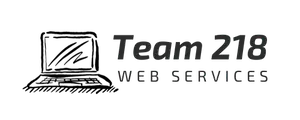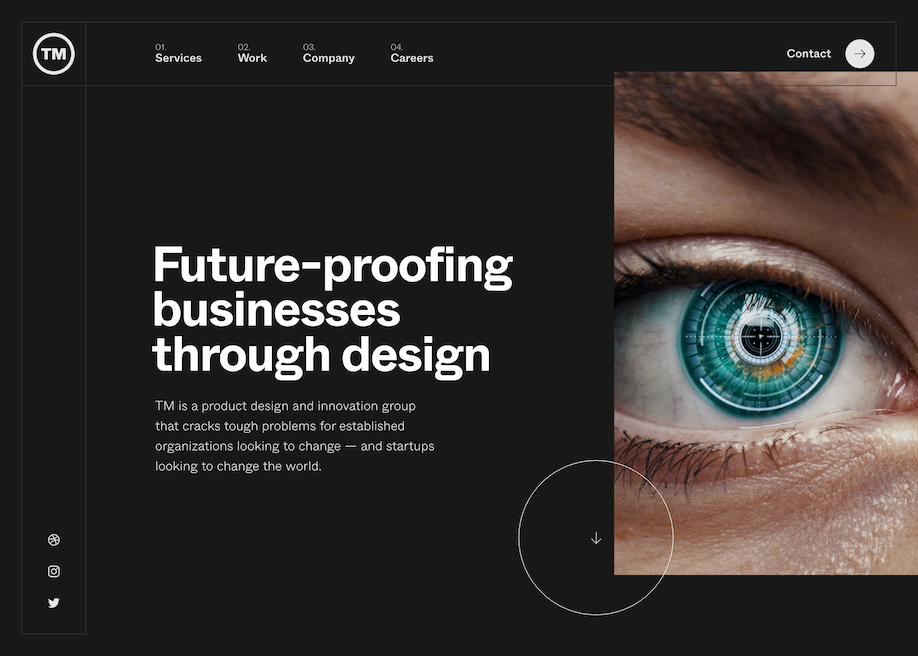Just how to Optimize Your Website's Efficiency with Advanced Web Design Techniques
Just how to Optimize Your Website's Efficiency with Advanced Web Design Techniques
Blog Article
The Comprehensive Guide to Crafting Aesthetically Appealing and Practical Web Design That Meets User Needs
In today's digital landscape, the significance of crafting website design that are both useful and visually enticing can not be overstated. By focusing on user-centered design principles, designers can produce experiences that not just draw in yet additionally maintain user interest. Secret visual elements such as positioning, equilibrium, and comparison play a crucial duty in this procedure, while the requirement of responsive design guarantees accessibility across different tools. However, the trip does not end with preliminary layout; ongoing screening and iteration are important for refinement. What methods can one use to effectively balance these parts?
Comprehending User-Centered Design
At the heart of reliable internet style lies the principle of user-centered design, an approach that focuses on the demands, choices, and habits of individuals throughout the advancement procedure. This method entails comprehensive research to comprehend the target market, ensuring that the end product resonates with its designated customers. By incorporating user responses at every stage, designers can produce user interfaces that are not only aesthetically enticing however additionally functional and user-friendly.
User-centered style highlights empathy, requiring designers to tip right into the customers' shoes and consider their perspectives. Techniques such as individual characters, journey mapping, and use screening are employed to identify pain points and opportunities for enhancement. This repetitive process enables consistent refinement, as designers adapt to evolving user requirements and technical advancements.
Incorporating user-centered design results in increased user fulfillment and engagement, eventually causing higher conversion prices and brand name loyalty. It fosters a joint atmosphere where stakeholders, consisting of programmers, developers, and customers, collaborate to achieve a common vision. By putting users at the forefront of the style process, companies can develop sites that not just meet service purposes however also give significant and gratifying experiences for customers.
Key Concepts of Visual Layout
Reliable visual design acts as the foundation for producing user-friendly and engaging websites. It incorporates numerous crucial principles that lead developers in crafting visually pleasing and useful interfaces.
First, equilibrium plays an important role in accomplishing aesthetic harmony. Developers need to disperse aspects equally across the layout to avoid frustrating users. This can be attained with unbalanced or balanced design strategies.

Additionally, placement is necessary for arranging info. Consistent placement of message and pictures promotes a tidy layout, enhancing total navigating and user experience.
 Proximity likewise adds to visual quality. Grouping relevant things with each other help customers in understanding the connection in between various components, making the interface much more instinctive.
Proximity likewise adds to visual quality. Grouping relevant things with each other help customers in understanding the connection in between various components, making the interface much more instinctive.Lastly, consistency in layout elements, such as designs, font styles, and colors, strengthens brand identification and aids customers navigate the site much more easily. By incorporating these key principles of visual design, internet developers can produce user interfaces that are not just aesthetically attractive but user-centered and additionally practical.

Significance of Responsive Layout
Receptive design is an essential facet of modern-day web advancement, making sure that websites function perfectly across a range of devices and screen sizes. As the web landscape evolves, the variety of devicesâEUR" ranging from smartphones to tablet computers and desktop computersâEUR" requires a style technique that accommodates all individuals.
Executing receptive design permits for a versatile format that instantly adapts based on the customer's display measurements. This adaptability not just improves access however additionally enhances functionality, as users can browse and connect with the site easily, despite their device.
Furthermore, search engines like Google focus on mobile-friendly sites in their ranking formulas. A responsive style can considerably improve a site's search engine optimization performance, inevitably driving more website traffic and increasing visibility.
Additionally, receptive style minimizes the demand for preserving several versions of a web site, improving updates and material management. This performance equates right into cost savings and an extra natural brand experience throughout platforms.
Enhancing User Experience
Customer experience (UX) is a critical part of web style, affecting just how site visitors connect with a web site and perceive its value. A well-crafted UX makes certain that users can navigate with ease, find info quickly, and accomplish their objectives effectively. The design must think about the individual's trip, from the minute they arrive on the website to the completion of their preferred action, whether that be purchasing, enrolling in a newsletter, or accessing details.
Secret components that enhance UX consist of clear navigating, responsive designs, and engaging visual content. Uniformity in style elements such as typefaces, shades, and switches cultivates familiarity, making the site really feel cohesive. Furthermore, optimizing load times is vital; users are less most likely to stay on a website that is slow to respond.
Integrating accessibility functions ensures that all users, consisting of those with handicaps, can connect with the site seamlessly. User-centric design concepts need to lead content organization, supplying relevant info in a sensible structure. web design. By prioritizing user requirements and choices, internet developers can develop experiences that are not only visually appealing however additionally functional, inevitably promoting user satisfaction and loyalty
Checking and Iterating Designs
Testing and repeating styles are fundamental processes that comply with the initial development of a site, making certain that the user experience remains at the center of any adjustments. These stages involve gathering individual feedback, assessing layout efficiency, and making informed adjustments to boost usability and interaction.
Efficient screening can take various types, including use testing, A/B testing, and customer surveys. Use screening allows developers to observe real customers as they communicate with the internet site, identifying discomfort points and locations for improvement. A/B testing, on the various other hand, contrasts 2 versions of a layout element to identify which does much better, supplying quantifiable information to guide choices. Individual surveys can supply qualitative site link understandings, capturing individual sentiments and preferences.
Continuous model cultivates a flexible design approach, where the site progresses in reaction to individual behavior and responses. By devoting to rigorous screening and model, designers can create a website that not just satisfies visual criteria however also delivers a satisfying and seamless individual experience.
Conclusion
In final thought, efficient website design requires the combination of user-centered concepts, essential visual design elements, and receptive frameworks to create interesting user interfaces. By prioritizing individual demands and executing continual testing and version, designers can improve their creations to improve overall fulfillment. The dedication to these methods not just fosters a visually attractive aesthetic however likewise makes sure capability across diverse devices, ultimately contributing to a positive customer experience and boosted interaction.
By prioritizing user-centered layout principles, designers can create experiences that not just draw in but also look at this website preserve user rate of interest.At the heart of reliable internet design lies the principle of user-centered design, a viewpoint that prioritizes the requirements, preferences, and actions of customers throughout the growth procedure. By putting customers at the leading edge of you can check here the layout process, companies can develop internet sites that not only meet company objectives yet additionally give rewarding and meaningful experiences for customers.
By focusing on individual needs and preferences, internet designers can produce experiences that are not just visually enticing yet additionally functional, ultimately promoting individual fulfillment and commitment.
User surveys can use qualitative understandings, recording customer sentiments and preferences. (web design)
Report this page